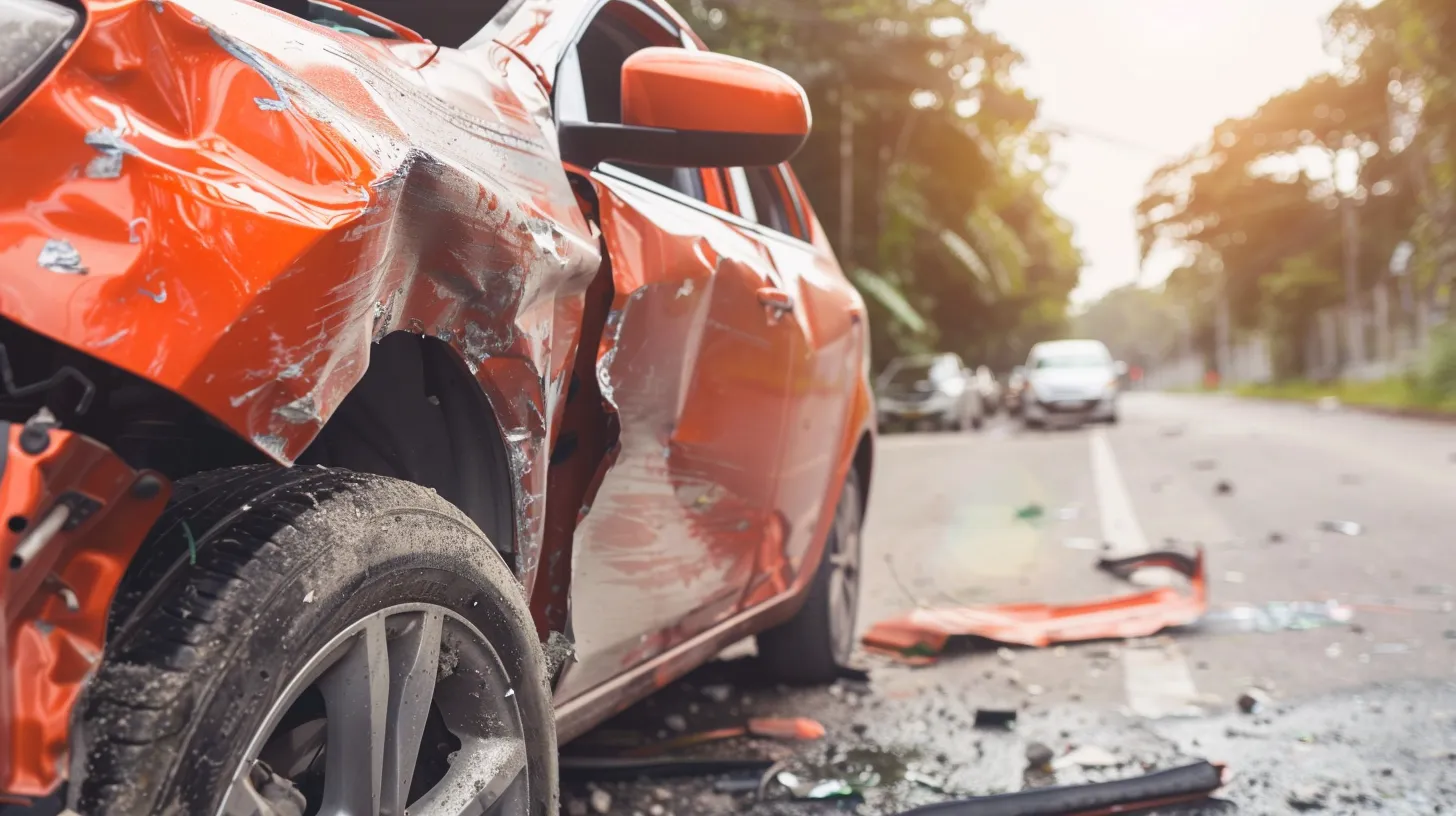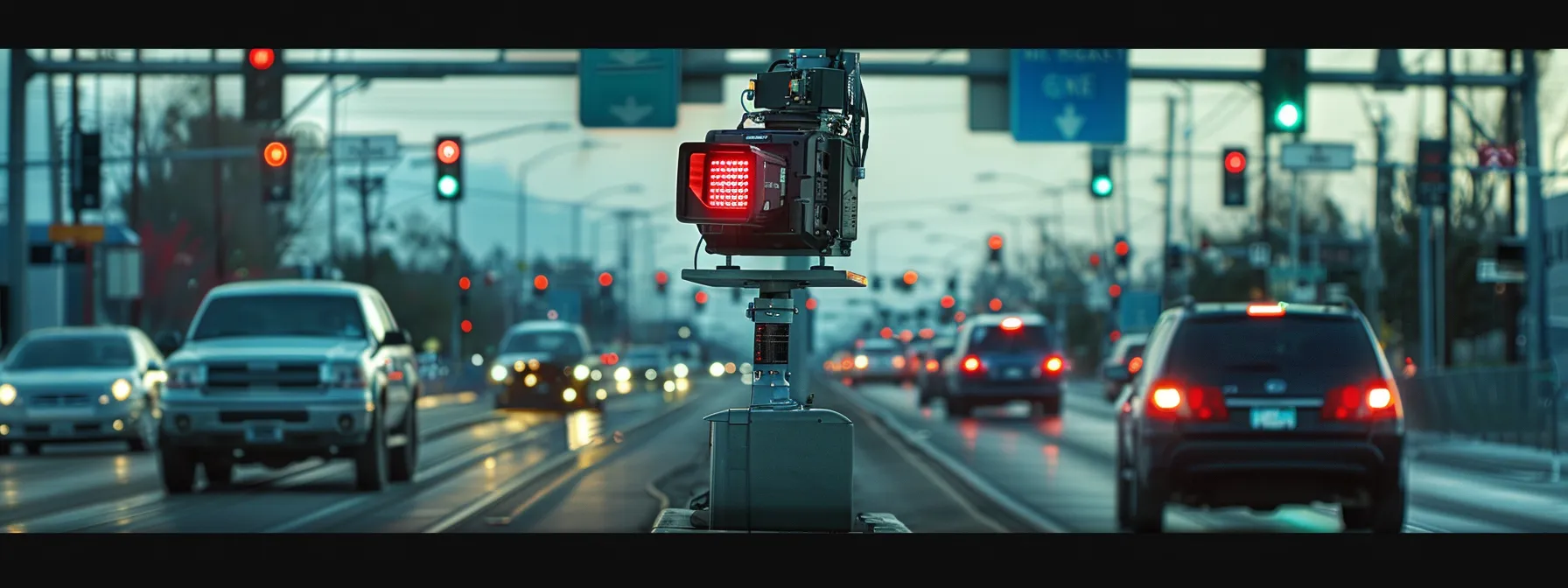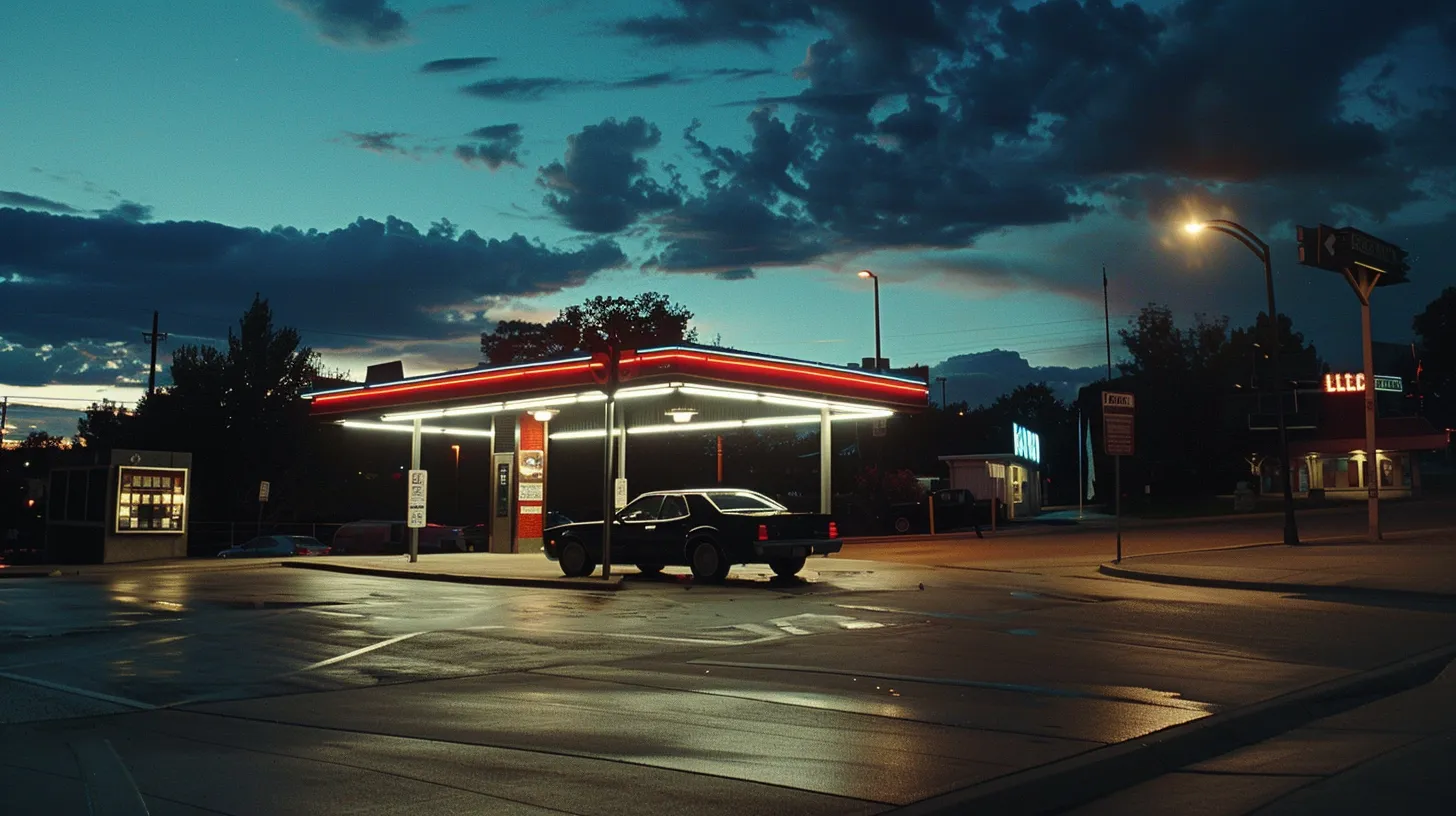
00.01 Essential Car Insurance Tips for New Teen Drivers
00.01 Essential Car Insurance Tips for New Teen Drivers

Teens may qualify for car insurance discounts through defensive driving courses, good grades, and low-mileage discounts. Many insurance companies offer programs to help young drivers reduce their vehicle insurance rates, and guardians may want to explore options like multi-policy discounts if they have home insurance or other policies with the same insurer. Certain companies provide “good student discounts” or savings for participating in programs like the National Highway Traffic Safety Administration’s Safe Driving courses. These incentives not only make insurance more affordable but also encourage safe driving habits. For more information on teen driving and safety programs, you might find this resource helpful: teen driving.
driving under the influence (DUI)car insurance coverage

Factors Influencing Insurance Costs for New Drivers:
- Age and Experience: Younger, less experienced drivers are considered higher risk, leading to increased premiums.
- Vehicle Type: High-performance or luxury vehicles often come with higher insurance costs.
- Location: Urban areas with higher traffic density and crime rates can result in elevated premiums.
- Coverage Level: Opting for full coverage, which includes liability, collision, and comprehensive insurance, will be more expensive than minimum liability coverage

Strategies to Reduce Insurance Costs for New Drivers:
- Good Student Discounts: Maintaining a 'B' average or higher can qualify for discounts up to 25%.
- Driver Training Programs: Completing approved driver education courses may lead to reduced rates.
- Safe Driving Programs: Participating in programs like State Farm's Steer Clear® can offer additional savings.
- Vehicle Selection: Choosing cars with high safety ratings and lower insurance groups can decrease premiums.

Cheapest Cars to Insure for New Drivers:
Vehicles such as the Subaru Forester and Subaru Outback are among the cheapest to insure, with annual premiums around $1,035 and $1,049, respectively.
Legal Requirements:
In Oklahoma, all drivers must carry at least the state-minimum liability insurance:
- $25,000 for bodily injury per person
- $50,000 for bodily injury per accident
- $25,000 for property damage.
Failure to maintain these minimums can result in fines and license suspension.
When Do Insurance Rates Decrease for New Drivers?
Insurance premiums typically
as drivers gain experience and maintain clean driving records. Significant reductions often occur at ages 19 and 21, with average rate decreases of 9% and 6%, respectively.
Obtaining a Driver's License in Oklahoma:
New drivers must follow the Graduated Driver License (GDL) program, which includes:
- Learner Permit: Available at age 15 with enrollment in an approved driver education course.
- Intermediate License: After holding a Learner Permit for 180 days and passing the driving test.
- Full License: Granted upon meeting all requirements and reaching the age of 18.
Detailed information is available on the Oklahoma Department of Public Safety's website.

The Importance of Teen Drivers in Oklahoma Having Insurance and Knowing How to Drive Well
In Oklahoma, as in the rest of the United States, teens are often eager to earn the freedom that comes with driving. Whether it's heading to school, meeting friends, or just exploring the vast beauty of the state, driving offers independence that many young people eagerly seek. However, with that newfound freedom comes a significant responsibility—both to themselves and to others on the road. For teen drivers in Oklahoma, this responsibility is twofold: understanding the importance of having vehicle insurance policy and developing safe, confident driving skills. teen driving
This article will explore why it is crucial for teen drivers in Oklahoma to have vehicle insurance, the specific insurance policy requirements in the state, and the significance of learning how to drive well. It will also touch on local landmarks, roads, and regional characteristics that make safe driving practices even more essential for Oklahoma's teen drivers. Teen driving

The Need for Teen Drivers to Have Insurance
Oklahoma’s Legal Insurance Requirements
In Oklahoma, the law requires all drivers to carry vehicle insurance to legally operate a motor vehicle. For teen drivers, this is particularly important because accidents involving young, inexperienced drivers can have serious consequences, both for the driver and others on the road. The Oklahoma state law mandates that drivers carry minimum liability coverage of:$25,000 for bodily injury or death to one person in an accident.$50,000 for bodily injury or death for two or more people in an accident.$25,000 for property damage. Oklahoma's Uninsured Vehicle Enforcement Diversion (UVED) program, overseen by the Oklahoma District Attorneys Council, aims to reduce the number of uninsured vehicles on the state's roads. This initiative utilizes the Insurance Verification System to identify drivers who lack proper coverage, promoting safer streets and financial responsibility. In this article, we'll explore the intricacies of the UVED program, its impact on insurance rates, and how vehicle owners can navigate compliance. Keep reading to discover essential tips for avoiding legal complications and ensuring your vehicle meets Oklahoma's insurance requirements. Police District Attorney Council
While these are the minimum requirements, it’s often recommended that drivers, especially teens, opt for higher coverage to better protect themselves and others in the event of an accident. Teen drivers, being less experienced, are more likely to be involved in vehicle accidents, so having sufficient vehicle insurance can help prevent financial devastation and legal complications, including personal injury. For those looking specifically into coverage options and the benefits related to health, the summary of benefits and coverage might be a useful resource. Consider exploring life insurance policy. Car insurance for teens is an essential consideration for any family with new drivers.

The Financial Impact of a Teen Driving Accident
For teen drivers, insurance is more than just a legal requirement; it serves as a financial safety net in case of an accident. Oklahoma has a mix of urban and rural areas, each with its own driving challenges. Teens driving through busy urban areas like Oklahoma City or Tulsa may face heavy traffic, narrow streets, and unpredictable drivers. In contrast, rural areas such as the rolling plains outside Norman or the winding roads around the Wichita Mountains present different hazards, like wildlife and less frequent road maintenance. In any case, the likelihood of an accident increases simply due to a lack of experience behind the wheel. If a teen driver were to cause an accident without adequate vehicle insurance, they could face severe financial consequences. Even a minor accident could lead to medical bills, repairs, and potential legal costs that could be overwhelming for a young driver without vehicle coverage. Moreover, because Oklahoma has a comparative liability insurance rule, if a teen driver is found at fault, they could be held responsible for a significant portion of the costs. Insurance protects not just the teen but also other drivers and pedestrians. For example, driving through intersections near landmarks such as the Devon Tower in downtown Oklahoma City or while navigating the busy highways around Tulsa could be dangerous without proper coverage. A teen driver involved in an accident in such areas could face significant liability, underscoring the need for adequate teen driving policy. Insurance coverage is crucial for protection in case of injury and life insurance.

Insurance for Teen Drivers in Oklahoma: Costs and Considerations
Teen drivers in Oklahoma can face higher vehicle insurance premiums compared to adults due to the increased risk associated with inexperienced drivers. Insurance companies consider factors like age, driving record, and type of vehicle when calculating premiums. A new teen driver may pay considerably more for insurance than a more experienced driver because teens are statistically more likely to be involved in accidents. While this can be a financial burden for families, many insurance companies offer discounts for teen drivers who complete a driver’s education program or maintain a clean driving record. Additionally, parents can often add a teen to their existing auto insurance policy, which may be more cost-effective than purchasing a separate policy. Some insurers also provide discounts for drivers who install safety features like anti-lock brakes or a tracking device that monitors driving behavior. For Oklahoma parents, investing in comprehensive vehicle insurance for their teen drivers is an essential step in ensuring their safety and financial security. In the event of an accident, having liability insurance could mean the difference between manageable costs and financial ruin. The additional peace of mind is worth the investment, especially in a state where the risk of accidents, particularly for young drivers, is higher than in more experienced populations. Teen driving

Why Teen Drivers Must Know How to Drive Well
The Challenge of Inexperienced Drivers
Teen drivers in Oklahoma face a unique set of challenges on the road. While driving provides freedom, it also demands focus, responsibility, and a high level of skill. Inexperienced drivers are more likely to make errors in judgment, miscalculate distances, and fail to anticipate potential hazards. According to statistics from the Oklahoma Highway Safety Office, teen drivers are involved in a disproportionately high number of crashes compared to more experienced drivers, especially in the first few years of driving. The combination of inexperience and youthful optimism can lead to risky driving behaviors, such as speeding, distracted driving, or alcohol, not yielding the right-of-way. In Oklahoma, where rural areas have long stretches of highway and busy urban centers feature dense traffic, teens must be taught how to handle a variety of road conditions and scenarios. Oklahoma’s roads can be particularly dangerous during severe weather conditions, which are common in the state. Thunderstorms, tornadoes, and icy roads are frequent, and teen drivers may not have the experience necessary to drive safely in such conditions. Learning how to drive defensively, control the vehicle during adverse weather, and understand the risks associated with different types of roads is crucial for teen drivers, especially in terms of vehicle insurance, personal injury protection, and insurance policy.

The Role of Driver’s Education
In Oklahoma, driver’s education plays a critical role in helping teens develop the necessary skills to drive safely. Driver’s education programs, such as those offered in schools or private driving schools in cities like Norman, Stillwater, and Edmond, provide teens with the basic skills and knowledge they need to navigate the roads confidently. These programs cover important topics such as the rules of the road, safe driving practices, and defensive driving techniques. Driver’s education not only teaches how to handle the car but also instills good habits. Students learn the importance of wearing a seatbelt, not using a cell phone while driving, and adjusting the vehicle’s speed to road conditions. A good driver’s education program can significantly reduce the likelihood of accidents and provide teens with the skills to stay safe while driving through Oklahoma's diverse environments. In addition to formal education, parents and guardians play a pivotal role in teaching their teens safe driving habits. Parents in Oklahoma can set an example by following traffic laws, driving safely, and offering guidance to their children during practice drives. Whether driving through the alcohol roads near Lawton or the busy intersections in Tulsa, parents can help their teens develop the skills they need to navigate Oklahoma’s roads safely. Driver’s education programs

Building Confidence Through Experience
While formal education provides the foundational knowledge, real-world experience is equally important in helping teens become confident and competent new drivers. In Oklahoma, this means getting behind the wheel and practicing on various types of roads, from the interstate highways near Oklahoma City to the rural, often winding backroads outside towns like Ponca City or Chickasha. The more varied the driving conditions, the better equipped teens will be to handle unexpected vehicle insurance situations when they arise. Oklahoma's roads and driving conditions vary widely. Driving through the vast plains around Guymon presents different challenges than driving through the dense traffic of downtown Tulsa. Teen drivers who are given ample opportunities to practice on different types of roads will be more prepared to respond to emergencies, navigate busy intersections, or handle difficult weather conditions. This practice also helps develop essential skills like parking, merging onto highways, and changing lanes safely—all of which are necessary for driving in a state as diverse as Oklahoma.

The Consequences of Poor Driving Habits
consequences of poor driving habits can be devastating, not only for teen drivers but for everyone on the road. In Oklahoma, the impact of an accident can extend beyond personal injury to include long-term financial problems, emotional trauma, and even legal issues. In addition to insurance claims and medical expenses, a teen involved in a serious accident could face legal consequences, vehicle insurance
fines, suspension of their driver’s license, and even criminal charges in cases of reckless driving or DUI. The emotional and psychological toll on teens involved in accidents can also be significant. Teen drivers who are involved in crashes may experience guilt, anxiety, and trauma that can affect their overall well-being. By teaching teens how to drive safely, responsibly, and with caution, parents and educators can help mitigate the risks of these negative outcomes. Vehicle identification number
Link: hurricane frequently asked questions

The National Highway Traffic Safety Administration (NHTSA)
Key Areas of NHTSA’s Work:
- Vehicle Standards: NHTSA establishes federal motor vehicle safety standards that all new vehicles must meet. These standards cover various aspects like crashworthiness, crash avoidance, and post-crash protection.
- Traffic Safety Research: The agency conducts extensive research on road safety topics, including distracted driving, impaired driving (such as driving under the influence of alcohol or drugs), and teenage driving. The NHTSA provides data that highlights the risks and works on strategies to reduce these dangerous behaviors.
- Public Awareness Campaigns: NHTSA runs public awareness initiatives, like the "Click It or Ticket" campaign for seat belt use and the “Drive Sober or Get Pulled Over” campaign against drunk driving. These campaigns help increase awareness and encourage safe driving practices.
- Recall Management: NHTSA oversees vehicle recalls in the U.S., ensuring that auto manufacturers address safety-related defects. Consumers can check the recall status of their vehicles through NHTSA’s database, which uses the vehicle identification number (VIN) for accurate tracking.

- Crash Data and Analysis: Through the Fatality Analysis Reporting System (FARS) and the National Automotive Sampling System (NASS), NHTSA collects and analyzes crash data, which informs policy-making, insurance underwriting, and consumer education on vehicle safety.
- Education for New Drivers: NHTSA provides resources specifically aimed at new and teenage drivers, focusing on topics like defensive driving, understanding car insurance policies, and adhering to state-level Graduated Driver Licensing (GDL) programs.
- Support for State and Local Programs: NHTSA provides grants to states for programs aimed at reducing traffic fatalities and improving roadway safety. This includes support for seat belt enforcement, impaired driving prevention, and initiatives for improving child passenger safety.
The NHTSA’s mission is integral to creating safer roads across the United States. By setting standards, educating the public, and funding safety initiatives, the agency helps to protect all road users and reduce the impact of vehicle-related accidents on individuals and communities. Proof of vehicle insurance policy

Understanding Intermediate Licenses for Teen Drivers in Oklahoma
Getting your first driver’s license is a big step toward independence, and in Oklahoma, the Graduated Driver License (GDL) program helps teens become safe drivers through a phased approach. This guide breaks down the process and requirements for obtaining an Intermediate License and proof of insurance for vehicle insurance drivers.
What is an Intermediate License?
An Intermediate License is the second phase in the GDL program, allowing for more driving privileges than a Learner Permit but with certain restrictions. To qualify, you must hold a Learner Permit for at least 180 days and pass the vehicle test. Here’s a closer look at the privileges and limitations: Intermediate License insurance policy
- Driving Privileges: Intermediate License holders can drive between 5:00 a.m. and 10:00 p.m. without supervision.
- Driving Limitations: Outside these hours, driving is only allowed for activities related to school, work, or church unless accompanied by a licensed driver over 21.
- Passenger Limitations: You may drive with one passenger or only household members, or with any number of passengers if a licensed driver over 21 is in the front seat.

Eligibility Requirements
To qualify for an Intermediate License, applicants must meet specific criteria:
- Learner Permit Hold Period: Hold a Learner Permit for at least 180 days.
Age Requirements
- With Driver Education: Must be at least 16.
- Without Driver Education: Must be at least 16 and a half.
- Behind-the-Wheel Training: Complete 50 hours of supervised driving (10 hours at night) with a licensed driver over 21 who has held a license for at least two years.
- Traffic Violations: Maintain a clean driving record with no convictions in the 180 days leading up to the driving test. Additionally, if under 18, applicants must complete the Oklahoma Work Zone Safe Course and bring the certificate of completion to the driving test.
Getting a Learner Permit
The Learner Permit allows teens to practice driving with supervision before advancing to an Intermediate License. Vehicle insurance

- When & With Whom You Can Drive: You can drive between 5:00 a.m. and 10:00 p.m. while accompanied by a licensed driver over 21.
- Age Requirements:
- At 15: You must be enrolled in an approved driver education course and pass the Oklahoma Written Exam.
- At 16: The written test is required but driver education is optional.
Upon passing the written and vision tests, you’ll receive a temporary paper permit until the official Learner Permit arrives in the mail. For resources and preparation, it’s recommended to study the Oklahoma Driver’s Manual and consider enrolling in a vehicle insurance policy education program.
Additional Steps for Teen Drivers
- Secure a Drive Test Appointment: Plan ahead to schedule a driving test at a Service Oklahoma Licensing Office or an approved school. For a guaranteed appointment on your 16th birthday, you may qualify for the Sweet Sixteen Guarantee.
- Parent-Taught Driver Education: Oklahoma offers a parent-taught driver education option for those who prefer a home-based learning experience. Note that this does not waive the requirement for a written test, and certain documentation must be provided.

Preparing for the Drive Test
Before scheduling your drive test, ensure you meet all requirements, including completing a driver education program if desired, and practice safe driving techniques. Oklahoma's GDL program emphasizes careful progression to help teens gain the experience they need to drive safely and responsibly, including vehicle insurance policy. Teen driving information is a key focus area for proof of insurance.
For more resources and up-to-date information on teen driving under the influence requirements in Oklahoma, visit the Oklahoma Department of Public Safety’s vehicle insurance proof of insurance website.
By understanding these steps and fulfilling each requirement, Oklahoma teens can work towards achieving safely and successfully. teen driving

Handling Different Road Conditions
- Weather: Rain, snow, fog, and icy conditions can reduce visibility and road grip, making it hard for a new driver to maintain control.
- Road Surface: Gravel, uneven surfaces, or potholes can make a car harder to control, and unexpected bumps can cause a driver to overreact.
- Night Driving: Limited visibility at night is challenging for new drivers who are still adjusting to reading road signs and spotting hazards quickly.
Managing Speed and Space
- Speed Control: New drivers often struggle to maintain a steady speed, especially when transitioning between different speed limits. Learning to judge appropriate speed for curves, stop-and-go traffic, and merging requires experience.
- Safe Following Distance: Teens might misjudge the distance needed to safely follow other vehicles, potentially leading to tailgating or late braking.
Navigating Traffic Situations
- Intersections: Crossing intersections with multiple lanes and traffic lights can be confusing. Right-of-way rules, judging oncoming speed, and handling sudden stops are skills that develop over time.
- Merging and Changing Lanes: Merging onto highways, changing lanes in busy traffic, and knowing how to check blind spots are tricky for new drivers who may not yet have a habit of checking mirrors and surroundings consistently.

Dealing with Unexpected Hazards
- Other Drivers’ Behavior: Unpredictable actions from other drivers, like sudden lane changes, can be overwhelming. Teens may not know how to respond quickly or safely.
- Pedestrians and Cyclists: Adjusting for pedestrians or cyclists entering the roadway can be challenging if a new driver isn’t used to anticipating their movements.
Staying Focused and Avoiding Distractions
- Avoiding Distractions: Texting, talking with passengers, and even using GPS can lead to inattention. New drivers may not yet have the focus needed to ignore distractions while managing road conditions.
- Managing Anxiety: First-time drivers might feel anxious or unsure of their abilities, especially if they’ve had limited practice. Anxiety can lead to overcorrection or hesitation in high-stakes situations like merging or braking.
Adapting to Traffic Laws and Rules
- Understanding Road Signs: New drivers are still learning to recognize and interpret road signs quickly, and missing an important sign can lead to unsafe driving decisions.
- Right-of-Way and Yield Rules: Right-of-way rules at intersections and yield situations can be confusing, and making a wrong judgment can put a driver at risk.
Tips to Make Learning Easier:
- Gradual Exposure: Start on quiet roads and progress to busier areas as comfort and skills grow.
- Practice in Various Conditions: Try driving at different times of day and in different weather to build confidence.
- Stay Calm and Patient: Teens need encouragement and guidance, not criticism, as they gain confidence in new environments.

Challenges for Teen Drivers Learning to Drive on the Road
Learning to drive is an exciting yet challenging experience for teenage drivers, especially when considering the complexities of auto insurance and the responsibilities involved. For first-time drivers, understanding how factors like vehicle insurance, liability insurance, personal injury protection, and car insurance policies apply to them can be just as crucial as learning to handle the vehicle. Teen driving deductible proof of insurance
1. Road and Environmental Challenges
Teen drivers face various challenges on the road, including adapting to different weather conditions like rain, hail, or snow, which increase the risk of accidents. For example, collision insurance may cover damages to the car, but liability insurance only pays for damage caused to other vehicles or property, so young drivers need to understand these distinctions to manage the cost of potential incidents effectively.
Factors such as total loss in severe accidents, fault determination, vehicle identification numbers for reporting incidents, and guard rails for added safety are essential details that new drivers should recognize. To help cover the expense of damages, insurance policies offer coverage types such as vehicle insurance , collision, liability insurance, and underinsured motorist coverage. Driving alcohol the influence significantly increases the risk of accidents, highlighting the importance of responsible driving behaviors.

2. Financial Considerations of Driving
Owning a car brings financial responsibilities, such as paying for a deductible if an accident occurs, managing the insurance rate based on factors like age and driving history, and understanding how credit scores can influence insurance premiums. Auto liability insurance policies and gap insurance (for those with car loans) are also significant for drivers, especially if they purchase or lease a vehicle. The National Association of Insurance Commissioners provides insights into auto insurance rates to help consumers find suitable options.
For new drivers, vehicle insurance policy can be costly. Car insurance rates are often higher for teenagers due to their inexperience, and many factors, such as zip code, credit history, and even traffic tickets, influence these rates. Teens should also be aware of assigned risk pools in certain states, which help high-risk drivers obtain liability insurance when standard insurance companies deny them.

3. Legal Responsibilities and Safe Driving
Teen drivers must understand driving laws, including the implications of a teen driving
charge, which can result in severe penalties and significantly raise insurance premiums. Practicing defensive driving is crucial for avoiding moving violations and other citations that can impact their credit history and increase their insurance rate. Defensive driving is crucial for avoiding moving violations and other citations that can impact their credit history and increase their vehicle insurance rate.
State laws, often managed by the Department of Motor Vehicles (DMV), require teens to carry proof of insurance and meet specific car insurance requirements, including minimum liability insurance coverage. Distracted driving is another issue, often leading to property damage or injury. New drivers should take advantage of roadside assistance options in their insurance policy, which can offer benefits like deductible for towing services in case of a breakdown.
4. Insurance Coverage and Types
Understanding different types of automobile safety
Insurance policy is key for teens and their guardians. Policies can include vehicle insurance for car damage repair, liability insurance to cover injury or property damage to others, and teen driving, deductible, personal injury protection
to protect against non-collision-related damages like theft or vandalism. Some policies may include bodily injury liability. for health-related expenses, while gap insurance can cover the difference between the car’s market value and the remaining loan balance if the vehicle is totaled.
5. Car Insurance Discounts and Rate Reductions
6. Risk and Liability Factors
With driving comes the risk of accidents, which brings concepts like negligence, subrogation (where an insurance company seeks reimbursement from an at-fault driver’s insurer), and total loss in severe damage cases. Understanding insurance policy limits on bodily injury liability and property damage liability can help teens and their families prepare financially for any incidents. Additionally, young drivers should be informed about how depreciation affects a car's value over time, impacting both the actual cash value received in claims and the cost of repairs. For first-time drivers, auto insurance policies that include damage waivers or loss of use coverage can provide peace of mind if their vehicle is involved in an accident. Third party liability liability insurance

7. Support and Assistance
Many auto insurance companies provide resources for new drivers, including educational materials on defensive driving, property insurance, and accident forgiveness options. Some insurers offer personal injury protection that covers not only medical expenses but also lost wages if the driver is unable to work after an accident.
Whether obtaining coverage from a car insurance broker or purchasing directly from an insurer, teens and their guardians should review all policy documents thoroughly to understand coverage limits and exclusions. Consumer Reports can also be a helpful resource for comparing vehicle insurance companies and selecting the best policy. car insurance for teens

By understanding these factors, teen drivers and their families can better navigate the responsibilities and expenses of driving, manage risks, and find suitable vehicle insurance coverage that meets both state requirements and personal needs, deductible. Ultimately, the key to managing these challenges is plenty of practice with supervision, guidance, and patience.
Conclusion
For teen drivers in Oklahoma, having car insurance and knowing how to drive well are not just life proof of insurance policy requirements or formalities—they are critical elements of road safety. Car insurance protects drivers from financial hardships in the event of an accident, while good driving habits help prevent accidents from occurring in the first place. Teens in Oklahoma face unique challenges on the road, from navigating the highways of Tulsa to the rural roads near Ardmore. Through proper education, experience, and insurance policy, they can better equip themselves to meet those challenges head-on. By investing in quality insurance and taking the time to learn how to drive responsibly, teen drivers in Oklahoma can ensure that they not only protect themselves but also contribute to the safety of all road users in the state. Ultimately, safe and responsible driving will allow Oklahoma’s teen drivers to enjoy the freedom of the road while minimizing the risks that come with vehicle insurance. is car insurance expensive for new drivers?how does car insurance work for new drivers?how much is it to add a new driver on insurance?how much is it to add a new driver to your insurance?

Copyright © 2025 Cargo Ships WordPress Theme | Powered by WordPress.org